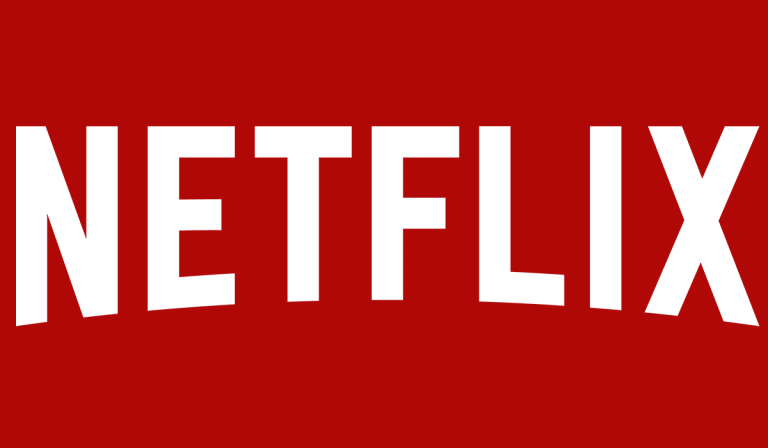
For the first time, Netflix, Inc. (NASDAQ:NFLX) crossed cable-TV in total subscribers. According to a research report from Leichtman Research, the video streaming giant has 50.9 million subscribers in the United States, while cable-TV providers have a combined subscriber base of 48.6 million.
Two months ago, Netflix, Inc. (NASDAQ:NFLX) announced that its total subscriber base hit 100 million. The video streaming giant launched its service in nearly every country last year and invested millions in new and original movies and shows to attract more customers.
According to Leichtman Research, the largest pay-TV providers in the U.S., representing about 95% of the market, lost about 410,000 subscribers in the first quarter, compared to a gain of about 10,000 subscribers in the same quarter of 2016. Netflix gained 5 million new subscribers worldwide during the first quarter.
Meanwhile, satellite TV services lost about 320,000 subscribers in the first quarter, compared to a gain of about 175,000 subscribers a year ago. The top telephone providers lost about 325,000 video subscribers in the quarter, versus a loss of 350,000 subscribers in 2016. However, DIRECTV reported no subscriber loss or gain in the first quarter, compared to a gain of 328,000 in 2016.
Cinemas Are Next Target of Netflix and Other Streaming Service
Netflix is betting big on video content. The streaming giant is investing heavily on original content as well as on marketing activities. The company plans to spend more than $1 billion this year to attract more customers. In addition, Netflix expects to invest more than $6 billion on new programs this year, up from $5 billion in 2016.
One of the main reason for the success of subscription-video-on-demand services is the price factor.
Netflix, Inc. (NASDAQ:NFLX) and other services are significantly less expensive than cable TV services. Netflix charges $9.99 a month in the U.S. for its standard package, while the basic-cable package costs around $69 a month, significantly more than what Netflix charges.
A report from Quartz suggests that Netflix and other streaming services like Amazon Prime Video and Hulu could upset cinemas in the near future. According to the report, these subscription-video-on-demand players are expected to overtake the U.S. cinema industry in terms of annual revenue by 2019.
Meanwhile, shares of Netflix, Inc. (NASDAQ:NFLX) closed down 4.11% on Tuesday. The stock, however, is up 22% so far this year.




